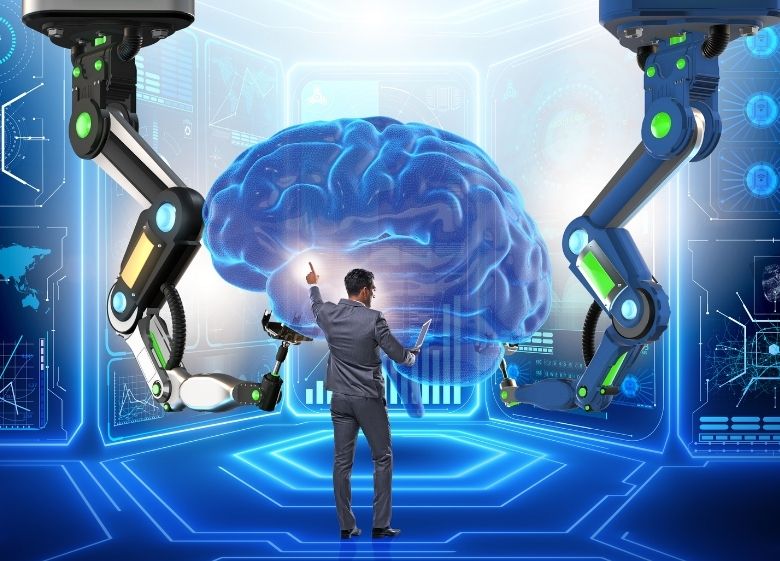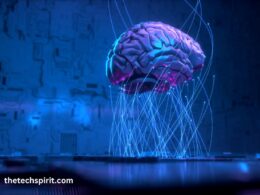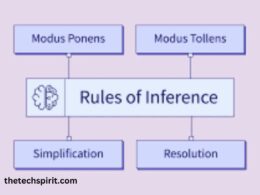Syllabus of Artificial Intelligence (AI) is one of the most exciting and rapidly growing fields in computer science. An AI syllabus covers the key concepts, techniques, and applications that make up this multifaceted domain.
Here is a comprehensive look at the typical syllabus for an introductory artificial intelligence course.
Table of Contents
Definition of AI
The first module in an AI syllabus normally explores the question “What is AI?” At its core, AI refers to the ability of machines to exhibit human-like intelligence and behavior.
There are many proposed definitions, but most center on the themes of rationality, problem-solving, knowledge representation, planning, learning, perception, motion, manipulation, creativity, and even consciousness.
The goals of AI include learning, reasoning, problem-solving, perception, emotion, creativity, and social intelligence.
History of Artificial Intelligence
The history modules trace the origins and major milestones of AI research, from early theoretical work in the 1950s to the first AI boom in the 1960s and 1970s. Key historical figures like Alan Turing, Marvin Minsky, and John McCarthy are discussed.
Other topics covered include symbolic vs statistical approaches, the AI winter of the 1980s, as well as recent breakthroughs in machine learning and deep learning.
Applications of AI
The introductory module concludes by surveying some real-world applications of AI technology.
These include games, expert systems, natural language processing, computer vision, robotics, logistics, finance, science, medicine, and more. Students get a preview of how AI is transforming nearly every industry and field of research.
Foundations of AI
The next set of modules covers the core foundations and approaches used to tackle AI problems. These include:

Agents and Environments
AI agents interact with environments to achieve goals. Intelligent agent design considers reasoning, learning, perception, prior knowledge, actuator capabilities, and the nature of environments.
Different types of agents (simple reflex, model-based, goal-based, utility-based, and learning) are discussed.
Problem-Solving
General problem solving involves search, using strategies like depth-first, breadth-first, iterative deepening, and best-first. Heuristic search guides problem-solving.
Additional topics include constraint satisfaction, optimization, and planning.
Knowledge Representation
Knowledge representation enables reasoning and concluding. Methods covered include semantic networks, frames, rules, logic (propositional, first-order), probabilistic representations, ontologies, and more.
Core Areas of Artificial Intelligence
Several established areas make up the core of modern AI research and applications. These include:

Machine Learning
Machine learning focuses on devising algorithms that can learn from data to make predictions or take actions. Different paradigms covered:
Supervised Learning
Models like regression and classification are trained on labeled example input-output pairs. Algorithms include decision trees, support vector machines, and neural networks.
Unsupervised Learning
Models learn patterns from unlabeled input data. Methods include clustering, dimensionality reduction, and association rule learning.
Reinforcement Learning
Agents learn by interacting with environments and optimizing reward signals. Dynamic programming, deep Q-networks.
Computer Vision
Image recognition, classification, and other visual perception tasks using neural networks like convolutional networks. Object detection, image segmentation, and image generation.
Natural Language Processing
Machine reading, understanding, and generation of natural human languages like English. Includes sentiment analysis, speech recognition, machine translation, and chatbots.
Robotics
Navigation, mapping, localization, motion planning, manipulation, swarm robotics, soft robotics. Integration of sensors, actuators, perception, planning, and control.
Advanced Concepts in Syllabus of Artificial Intelligence
Upper-level elective modules in an AI syllabus explore more advanced techniques and emerging areas:
Neural Networks
In-depth coverage of neural networks for deep learning. Architectures like multilayer perceptrons, convolutional networks, recurrent networks, and autoencoders. Optimization using backpropagation.
Genetic Algorithms
Evolutionary and biologically-inspired techniques for optimization, search, and machine learning. Selection, crossover, mutation operators.
Bayesian Networks
Probabilistic graphical models that represent conditional dependence and independence relationships. Inference algorithms. Applications in prediction, diagnosis, and decision-making.
Future of Artificial Intelligence
The course concludes by analyzing opportunities and challenges going forward:

AI Safety
Ensuring reliable, secure, safe AI systems. Problems like reward hacking, scalable oversight, safe exploration, and robustness.
Ethical Considerations
Fairness, accountability, transparency, privacy, misuse of AI. Human values alignment.
Emerging Trends
Ongoing advances in areas like multi-task learning, few-shot learning, explainable AI, quantum AI, neuro-symbolic AI, and AI creativity.
Conclusion
The syllabus above covers the key concepts, approaches, and applications in artificial intelligence. Students gain both breadth across the field of AI as well as depth in foundational and advanced topics.
With its unprecedented impact across industries, a comprehensive understanding of artificial intelligence is essential for the next generation of computer scientists and software developers seeking to build game-changing intelligent systems.
FAQs
What are the prerequisites for an intro AI course?
Typically, intro AI courses require prerequisite knowledge of programming (Python preferred), data structures and algorithms, calculus, linear algebra, probability, and machine organization.
Does the AI syllabus include coding and implementation?
Most courses devote time to implementing basic algorithms and techniques in code. Languages like Python allow students to code algorithms, build models, and apply core concepts.
What math background is needed for AI?
Mathematics like calculus, statistics, probability, linear algebra, and some discrete math are foundational for mastering concepts in AI and machine learning.
Does an AI course teach specific libraries or tools?
While not all courses may use libraries, many will introduce standard tools like TensorFlow, PyTorch, OpenCV, NLTK, OpenAI Gym, Weka, Caffe, Theano, Spark MLlib, etc.
What are some good intro AI textbooks?
Popular AI textbooks include AI: A Modern Approach by Russell/Nerving, Artificial Intelligence: Foundations of Computational Agents, Machine Learning by Mitchell, and Artificial Intelligence: A Guide to Intelligent Systems.









